The more complex scenarios of terrorism, violent extremism and radicalisation
Chiara Sulmoni, President, START InSight
This article features in #ReaCT2023, the annual Report on Terrorism and Radicalisation in Europe
Abstract
Definitions, categories and the very idea of terrorism and violent extremism which informed strategies aimed and preventing and countering radicalisation over the past few years, and which focused mainly on the fight against jihadist mobilization and the Islamic State group, no longer mirror reality; or, at best, they fail to grasp it in its entirety. The current situation in the West is characterized by a variety of ideologies, beliefs, profiles and motivations which can be blurry and often overlap; which makes it all the more difficult to evaluate their extent, to predict associated risks and to trace the evolution of these phenomena.
An increasingly intricate reality
Jihadist terrorism continues to represent the deadliest form of violence, both in Europe and globally. However, not only the analysts, but a 2022 Report by the UN Secretary-General too draws attention to an increase in attacks based on xenophobia, racism and other forms of intolerance, or against minorities, in the name of religion or belief, as well as a growth in misogyny, anti-Semitism and Islamophobia (1). What worries Member States, in particular, is the transnational dimension of this threat, which can take shape thanks to online contacts and networks but also through participation in real-world meetings at joint events or even paramilitary training. The so-called ‘manifestos’, proper ideological legacies which attackers of different orientations leave behind, and in which they make reference to previous attackers and to massacres that have taken place in distant geographical areas, testify to a communality of themes and intent. The battle against propaganda is a particularly difficult one, due to the broad array of communication tools used by militants and sympathizers, including social, gaming and messaging platforms, alternative information channels and forums.
Further to that, political and economic tensions at the height of the COVID19 pandemic, mixed with personal vulnerabilities and predispositions, helped accelerate dissent or distrust of governments and institutions and contributed to the dissemination of conspiracy theories and disinformation, which make up the fabric of extremist narratives, promote radicalization and social encapsulation, can lead to violence against symbols and/or political representatives and quickly adapt to shifting scenarios, such as the war in Ukraine. Movements, sub-cultures and conspiracies which are typically American – such as accelerationism, sovereign citizens, incels (involuntary celibates) and QAnon – were progressively incorporated and adapted to the European landscape.
Data from the Global Terrorism Index (GTI) 2022 and 2023 indicate that over the past ten years, in the West, ideological terrorism (that is, by the extreme right and left) exceeded religious terrorism by over three times.
Profiles and objectives have expanded
Most ideologically-motivated attacks are carried out by individuals who do not belong to formally (re) cognized groups, so much so that the GTI 2023 points out how, in several countries, the intelligence refrains from attributing them to the extreme right or left. Those who are attracted to extremism are increasingly younger, particularly in the UK, where teenagers under 15 feature in terrorism-related investigations (2) . However, researchers were able to observe further nuances, namely that when misogyny is concerned (in the case of incels, for example), subjects tend to be younger than those who are hostile to minorities (and harbor anti-immigration sentiments)(3). The Institute for Strategic Dialogue published an analysis in the aftermath of the attack on the Dover migrant center in 2022 (Comerford, Squirrel, Leenstra, Guhl), which underlines the importance of not focusing on a single trend: “the increasingly singular focus on ‘vulnerable’ younger terrorists has created a blind-spot for older perpetrators and the radicalisation of an older generation of people, statistically more likely to be involved in acts of terrorism, often driven by hatred towards various marginalised groups rather than a coherent ideology“(4).
In the case of jihadism as well, there’s a consolidated post-organisational trend in Europe, whereby attacks are carried out by single (yet not necessarily solitary) actors who can be motivated as much by solid ideology as by personal and mental problems leading to violence, whose actions tend to take the form of improvised events, with easily available ‘weapons’, ‘inspired’ (rather than claimed) and isolated, with respect to broader group goals. The numerous foiled attacks and arrests indicate that -the efficiency of law enforcement notwithstanding- this matrix is not fading at all but is rather constantly evolving. In its latest Report, Europol mentions that it has dismantled a series of groups intent on planning attacks with more complex modus operandi (TE-SAT 2022).
Such stratified scenario is therefore dynamic and unpredictable, characterized by the presence of opposing ideologies and motivations which reinforce each other, giving shape to so-called cumulative extremism (this is what happens, for example, between jihadism and the extreme right); or by groups and individuals with different beliefs, which in turn represent different levels of risk (not all are violent), united by a single, common stance – as in the case of the German anti-government and anti-democratic network Reichsbürger (with a presence in Austria, Switzerland, Italy), which rose to prominence in December 2022 following a raid, when some members were thought to be planning a coup. As Alexander Ritzmann writes in an analysis for West Point magazine CTC Sentinel “the only thing that connects them is the fundamental denial of the legitimacy of the German state. This is one of the main reasons why German authorities have a somewhat difficult time assessing their (changing) potential for violence and terrorist acts in comparison to more ideologically coherent, unified, and structured extremist movements” (5).
In such a composite reality, the range of targets also widens ad is potentially endless – from regular citizens in public spaces to places of worship, religious representatives, institutions and government figures, law enforcement and members of the armed forces, health personnel and authorities (for violent no-vax and COVID deniers), infrastructures (which are the object of sabotage and cyberattacks), teachers, women, minorities (including the LGBT+ community), migrant shelters and so on.
The challenges of prevention. Shifting themes and priorities
Today, so-called “everyday extremists” can arise either in a context of “atmospheric jihadism” -as Prof. Gilles Kepel defines it- in which hate-mongers unleash (collective) anger against an objective – e.g. a person accused of blasphemy – with deadly outcomes, should a radicalized individual take the initiative; or in a context where radical propositions and attitudes gain visibility and traction on the web and social media, thanks to controversial and violent role models and influencers who can boast a large following among youth and adults (this is the case for misogyny or conspiracy), while conspiracy theories and disinformation make their way into mainstream discourse and -at times- into government, via the election of controversial political figures who espouse them. In a situation where the threat is not embodied solely by violent ideologies, but by violent rhetoric rooted in a more or less widespread mentality, prevention takes on a more prominent role; it requires a greater involvement on the part of civil society; and, finally, it must engage with a wider range of recipients than in the past.
Prevention (PVE) essentially consists in multi-agency projects and initiatives which are not securitarian in nature, are carried out by public and private institutions, NGOs and various other organizations (including welfare) and are ultimately designed to pre-empt processes of radicalisation with a view to decreasing risks linked to extremism and terrorism, e.g. by promoting social cohesion and supporting vulnerable people. In order to be attuned to current trends, PVE now requires a more diversified span of activities compared to those put in place at the height of the fight against jihadism, with new themes and shifting priorities.
Education and schools have long been considered (and rightly so) at the forefront in providing young people -who are increasingly exposed to a toxic virtual ecosystem- with valid defense tools such as technological know-how and critical thinking. However, this is only one side of the coin: despite the fact that, since the beginning of the pandemic, the Internet has been instrumental in facilitating radicalisation, research carried out on a sample of jihadists who sprang into action between 2014 and 2021 in 8 Western countries highlighted how those who radicalise offline still represent the majority and above all, a higher degree of danger -“those radicalised offline are greater in number, more successful in completing attacks and more deadly than those radicalised online”(6) . Such data draws attention to the importance of the context – be it domestic, social or local (the socalled community)- which has always been deemed crucial on the path to radicalisation, but is frequently underestimated.
Another study which was conducted in Spain by an internationl team and which was based, inter alia, on the brain scans of jihadists / sympathisers in different stages of radicalisation proved, on the one hand, that social exclusion represents an important factor in radicalisation -a process that essentially pushes the boundaries of mental flexibility towards inflexibility. Or towards a progressive propensity to “fight and die for one’s sacred values” (as this research highlights); on the other hand, it discovered how social influence can help disengage from violence, by ‘reactivating’ deliberate reasoning in areas of the brain that had previously been ‘turned off’ (7) .
Today, the tide seems to be changing as more and more minors – and adults alike – risk getting entangled in the meshes of online extremism; there’s also a need for more comparative studies, in order to better understand the peculiarities and similarities of different types of radicalisation. Yet, not losing sight of (re) socialization as an aspect which is inherent to these processes, is still paramount.
Furthermore, taking heed of the role of ‘grievances’ is just as crucial, since it’s on this cross-ideological element that extremist base their narratives, whether it’s in defence of masculinity, race, Islam or other issues. Prevention will therefore have to focus not only on encouraging critical thinking and providing counternarratives (whose effectiveness is disputed), but also on promoting alternative narratives, positive models and opportunities in the real world, following the social isolation which was brought about by the pandemic.
Notes
1. Terrorist attacks on the basis of xenophobia, racism and other forms of intolerance, or in the name of religion or belief, Report of the Secretary-General, August 3, 2022.
2. The number of young people arrested on suspicion of terrorism related offences in the UK continues to rise, statistics reveal, News, Counter-Terrorism Policing, 9 March 2023
3. See: Roose, J., Interview on “Masculinity and Violent Extremism”, #ReaCT2023, pp. 128-129.
4. Comerford, M., Squirrell, T., Leenstra, D., and Guhl, J., What the UK Migrant Centre Attack Tells Us About Contemporary Extremism Trends, ISD, 14th November 2022
5. Ritzmann, A., “The December 2022 German Reichsbürger Plot to Overthrow the German Government”, CTC Sentinel, March 2023, Vol. 16, Issue 3
6. Hamid, N. and Ariza, C., Offline Versus Online Radicalisation: Which is the Bigger Threat?, Global Network on Extremism and Technology, February 2022)
7. Nafees Hamid discusses his research at lenght in: De-radicalizzazione. Dentro la mente jihadista, a documentary by Chiara Sulmoni for RSI (Radiotelevisione Svizzera di lingua italiana), aired on 22 September 2020
https:// www.startinsight.eu/en/laser-episode-discusses-de-radicalisation-and-studies-on-the-brain-of-jihadist-supportersswiss-national-radio/

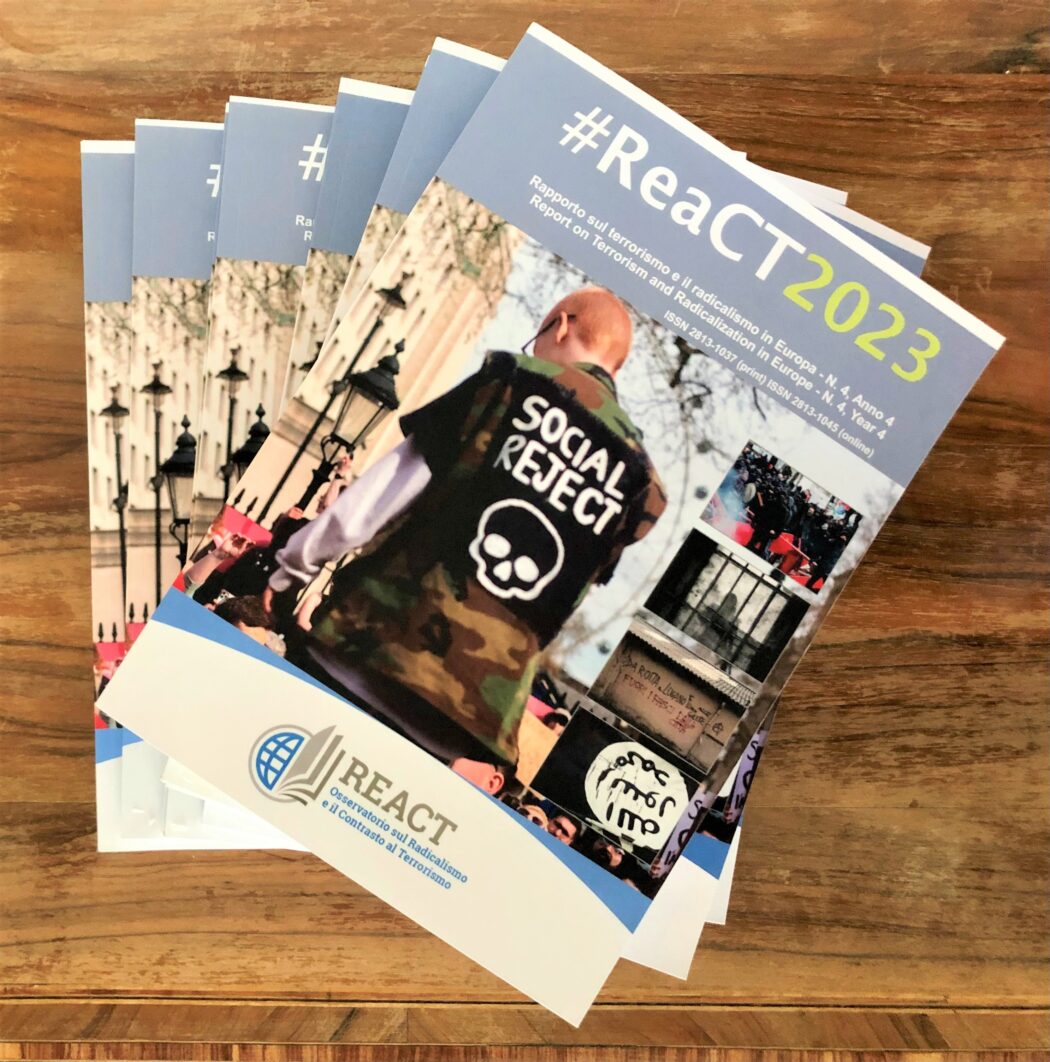









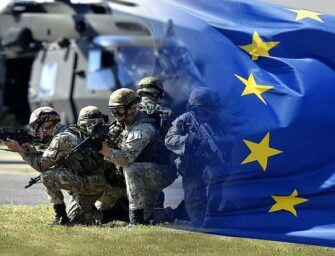




















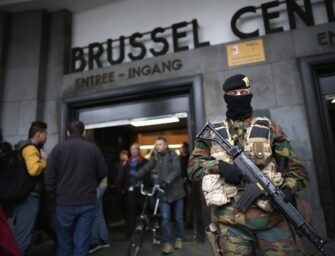


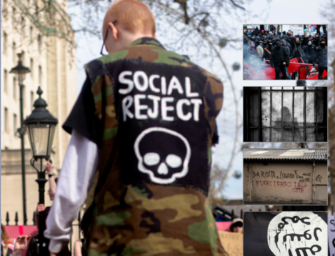

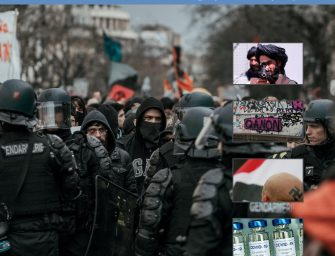


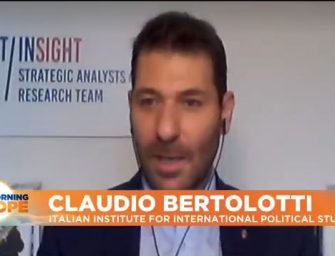




There are no comments
Add yours